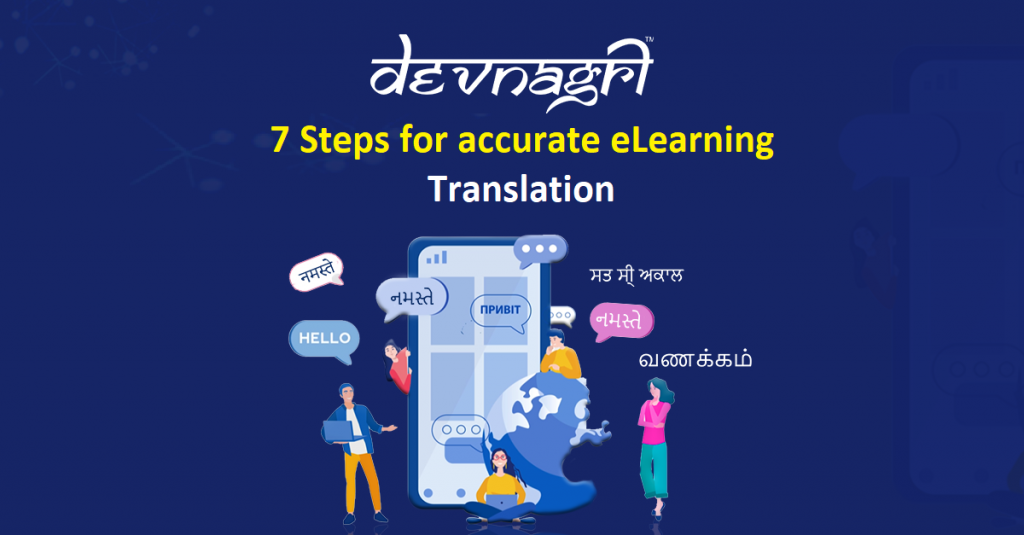Many organizations recognize the need to translate eLearning courses and material for diverse learning communities. But how do you make sure that you have accurate eLearning translations? Over the past years, a few common mistakes are noticed during the translation process that you can avoid to get accurate eLearning translations.
Translating an eLearning course means converting a course material from its original language into the target language, ensuring all text and narration are accurate in the translated language.
The languages you feature in your eLearning course have a crucial role in expanding your business beyond borders. You need not have to translate your content into every language. Even translating into one other language could make a significant difference in your reach and visibility.
About 122 million people are native speakers of Punjabi around the world. Punjabi is one of the 22 scheduled languages in India. Punjabi is the official language of Delhi. Also, Punjabi is the 10th most common language spoken around the globe. Thus, quality English to Punjabi translation is essential because it allows people to communicate and know each other’s culture without having to learn a new language.
In this blog, we will discuss some common mistakes we can avoid in eLearning translation to get precise English to Punjabi translation of your eLearning material.
Prepare content:
Before translating your content, you need to understand your global strategy. Consider your target audience, messaging, foreign market, and branding. Even a simple colour scheme can affect how your eLearning content is received. Hence, you will need to create basic guidelines such as:
- Avoid too many colloquialisms, idioms, and cultural analogies
- Be clear and concise
- Avoid too much redundancy in your content
Analyze project:
Gather all your English to Punjabi translation eLearning materials. If you have any video or audio files, submit the originals of the same. Are you building a custom platform for your eLearning content? If yes, accessing an LMS for the context of your material is essential.
Provide training:
Providing necessary training can end up saving a lot of your time spent on reviewing translation accuracy. Linguistic training for your product functionality will give the translator contextual references and improved understanding, which is valuable for software localization and website content.
Sample the translation:
If you are unclear about the accuracy of English to Punjabi translation, you can select a limited amount of content to translate and test the accuracy and consistency.
The translation sample gives project collaborators an idea of how the process works. Sample translation also establishes expectations and gains the trust for future translation projects.
Translate the content:
Use native, professional linguists for your English to Punjabi translation of eLearning courses. A proprietary translation management platform lets one see all the proper reference materials, glossary, and style guide in a centralized system.
The above are only a few steps to avoid errors in your eLearning translation from English to Punjabi. There are many more things you can consider while translating your eLearning material.
Also Read: Why the e-learning industry should adapt to translation

